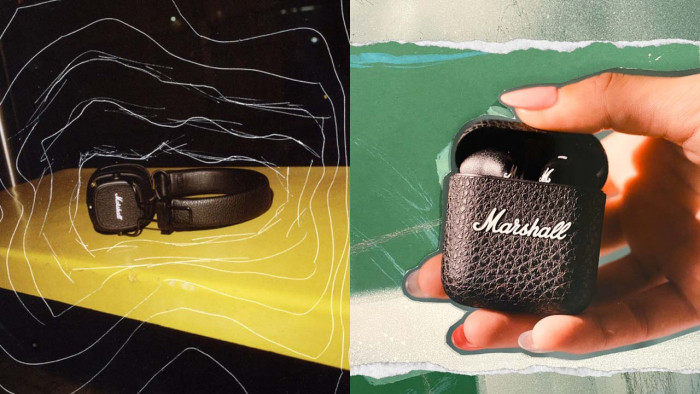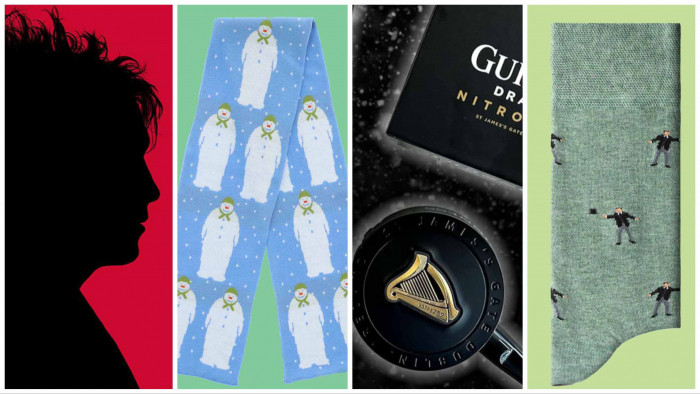On 15 August 1977, astronomer Jerry Ehman was listening to space. Working at the Big Ear radio telescope of Ohio State University, he was monitoring the regular radio signals bombarding the Earth from the depths of space - when a prolonged 72-second blast of radiation was picked up by the telescope.
Such was the magnitude of the signal - 30 times stronger than the usual background radiation of space, an event unlike anything recorded before or since - that he printed off the observation data and scrawled "Wow!" in red ink around the reading.
After nearly 40 years of analysis, head scratching and claims over genuine contact with alien life, an answer has been offered.
Comets.
Professor Antonio Paris, an astronomer at St Petersburg College, Florida, has released a study in which he suggests that one of two comets - 266P/Christensen and P/2008 Y2 (Gibbs) - were most likely responsible for the radio blast.
"I came across the idea when I was in my car driving and wondered if a planetary body, moving fast enough, could be the source," he told New Scientist. His hunch suggests that the hydrogen cloud that trails behind comets such as 266P/Christensen and P/2008 Y2 (Gibbs) would emit a constant stream of radiation.
The Big Ear radio telescope, with its fixed field of view, would only have picked up this stream of radiation as a momentary blip, as the comets passed in front of the telescope's view. As such, when other telescopes were pointed in the same patch of space to look for more signals, they wouldn't have found anything.
As the comets - which weren't known of in 1977 - would have been crossing the patch of sky that the Big Ear was listening to, Paris believes that they are the most likely source of the "Wow!" event. However, some researchers don't think either of the comets would be large enough to produce the necessary amounts of hydrogen to create the "Wow!" signal.
"The hypothesis must be tested before it is ruled out," said Paris. "Science 101." Which means all eyes (and radio telescopes) will be pointed to the skies on on 25 January 2017 - when comet 266P/Christensen is expected to pass by the same region - and 7 January 2018 when P/2008 Y2 (Gibbs) flies by.
[Via: New Scientist]










